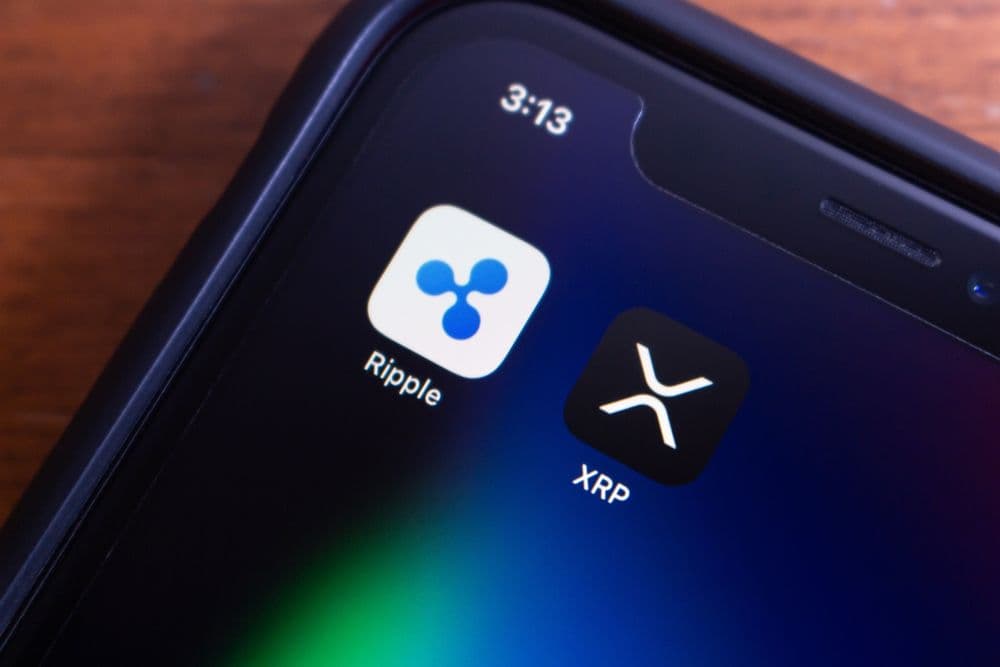Ripple reportedly made a $4–$5 billion bid to acquire Circle, the issuer behind USDC - one of the world’s largest dollar-pegged stablecoins. But according to Bloomberg, the offer was swiftly rejected.
On the surface, this looks like a deal that didn’t go through. But dig deeper, and it reveals something far more telling: the high-stakes chess match underway in the heart of crypto’s most strategic battleground - stablecoins.
Ripple isn’t just the company behind XRP. It’s a growing financial infrastructure player pushing to merge blockchain with the rails of traditional finance. The company recently acquired prime brokerage firm Hidden Road for $1.25 billion, reinforcing its ambitions to become a major conduit for institutional crypto and cross-border settlements.
Launching its own stablecoin, RLUSD, in late 2024 marked another step in that direction. But RLUSD’s current market cap - hovering around $317 million - is a far cry from USDC’s commanding $61.7 billion. For Ripple, acquiring Circle would have instantly vaulted it into the global stablecoin elite, granting it not only market share but regulatory credibility, product maturity, and distribution power in one stroke.
A $5 billion bid, however, wasn’t enough.
Why Circle Said No
From the outside, it may seem like a missed opportunity - an infusion of billions in capital and access to Ripple’s deep international footprint. But Circle has reasons to believe it’s sitting on a bigger long-term prize.
For one, Circle is IPO-bound. The company filed for a U.S. initial public offering earlier this year, positioning itself as the standard-bearer for compliant, transparent dollar-backed stablecoins. Accepting Ripple’s offer might have meant selling low on a potentially much higher valuation, especially as regulators and institutions continue warming to the idea of tokenized dollars.
Then there’s the strategic divergence. While Ripple’s DNA is in building out its blockchain-based payment network (with most of its business happening outside the U.S.), Circle has laser-focused on establishing USDC as a core pillar of the digital dollar economy, working closely with banks, fintechs, and policymakers. An acquisition could have created mission misalignment - and sparked regulatory scrutiny just as both companies are gaining traction.
Indeed, combining two giants in an already sensitive regulatory climate might have invited significant pushback from global watchdogs - particularly as governments inch closer to releasing stablecoin frameworks that could shape who dominates in different jurisdictions.
Why This Matters for the Crypto Industry
Circle’s rejection is not just about valuation - it’s a powerful statement of independence and confidence in its vision. But even more importantly, this episode shines a light on where the crypto industry is heading.
Stablecoins are no longer just tools for trading or DeFi yield farming. They are becoming foundational infrastructure - digital cash layers that power remittances, merchant payments, financial inclusion, and eventually, CBDC interoperability. Whoever owns or governs the dominant stablecoins will shape the future of money movement, both on-chain and off-chain.
This is why Ripple made its move. And it’s why it won’t be the last.
Expect more plays like this. Ripple has the cash, the strategy, and - thanks to recently winding down its legal battle with the SEC - the regulatory breathing room to chase major acquisitions. With the SEC dropping its appeal and Ripple set to pay a reduced $50 million settlement, the company is now freer to act aggressively.
Meanwhile, Circle’s path to IPO will test the public market’s appetite for regulated crypto infrastructure. If successful, it could legitimize stablecoins at a global level and set a valuation benchmark for others in the sector - including Tether, Paxos, and even Ripple itself.
The Bigger Picture
This isn’t just a Circle-vs-Ripple story. It’s a window into the next era of digital finance.
The stablecoin race is heating up, and it's not just about tech anymore. It’s about regulatory alignment, institutional trust, geographic scale, and ecosystem interoperability. Ripple is betting on an “acquire-and-expand” strategy. Circle is doubling down on organic growth and policy partnerships.
Both approaches could work - but they reflect different beliefs about how the future of finance will be built.
Whoever ends up leading the stablecoin economy won’t just win crypto - they’ll help define the rules for programmable money, real-world asset tokenization, and cross-border payments for decades to come.
So yes, Circle said “no” to Ripple. But the game is far from over.

